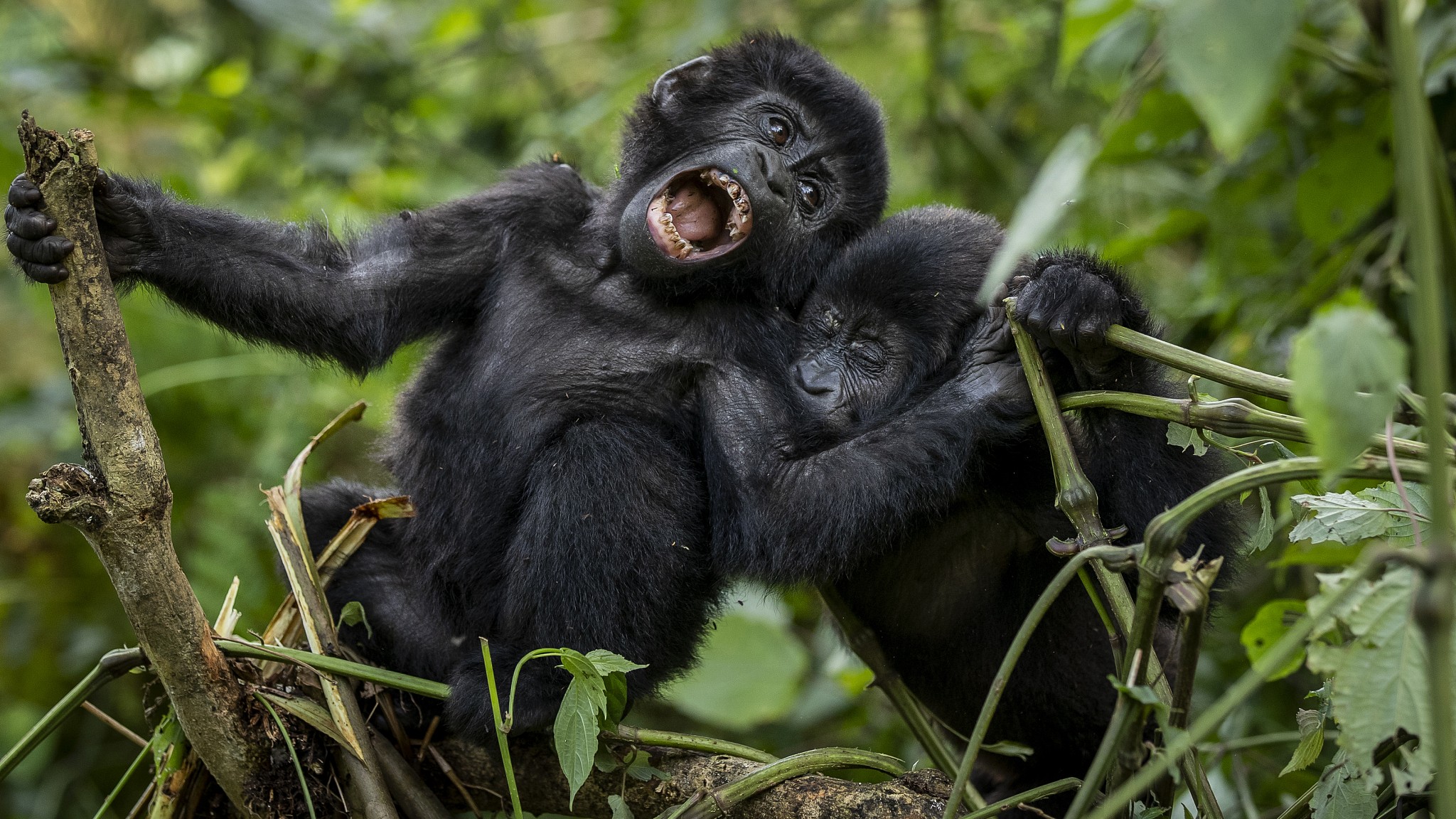Gorilla trekking and gorilla habituation are two activities that have gained popularity among wildlife enthusiasts and adventurers in recent years. Both activities provide an opportunity to observe these magnificent creatures in their natural habitat, but there are differences between the two that should be considered when deciding which one to do.
Thank you for reading this post, don't forget to subscribe!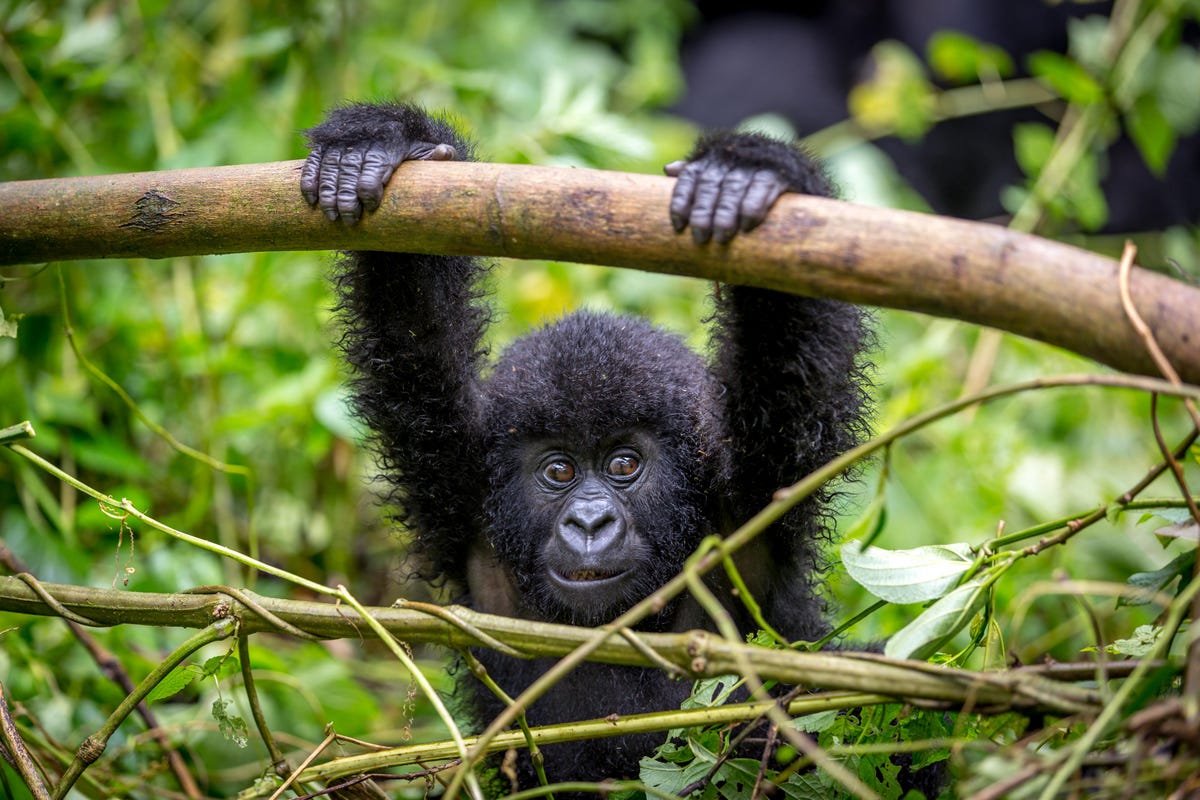
In this article, we will explore the differences between gorilla trekking and habituation and provide insight into which one might be the best fit for you.
Gorilla Trekking
Gorilla trekking is the most common way to observe gorillas in the wild. It involves a guided hike through the forest to reach a designated area where the gorillas are known to be on that given day. This activity can take anywhere from a few hours to a full day, depending on how far the gorillas are from the starting point.
During the trek, you will be accompanied by a guide and a small group of fellow travelers, and you will follow a designated path through the forest. Once you reach the gorillas, you will have a limited amount of time to observe them in their natural habitat.
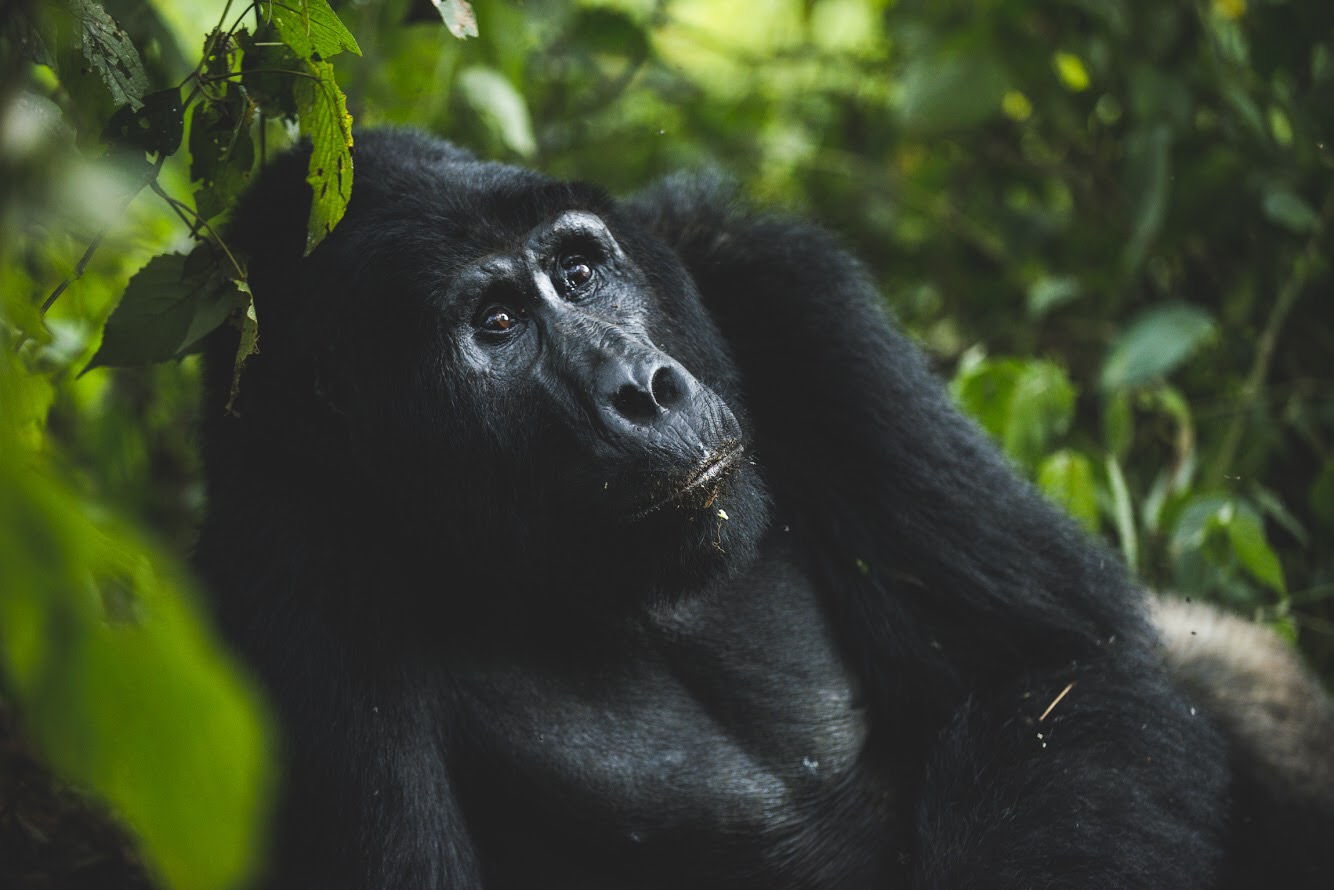
Typically, you will have only one hour to spend with the gorillas before you must return to the starting point. This is to ensure that the gorillas are not disturbed for too long, and it also helps to limit the amount of human interaction they have.
Gorilla Habituation
Gorilla habituation, on the other hand, involves a longer, more intensive process of getting the gorillas used to the presence of humans. This activity can take anywhere from a few months to several years. During the habituation process, a small group of humans will spend an extended period of time with the gorillas, gradually getting them used to the presence of people.
Once you book a gorilla habituation experience in Bwindi, you will share in the daily experience of the conservationists who are attempting to habituate the mountain gorillas to human presence. Though to them this is a daily activity, the gorilla habituation permit only allows you one day to share in this experience.
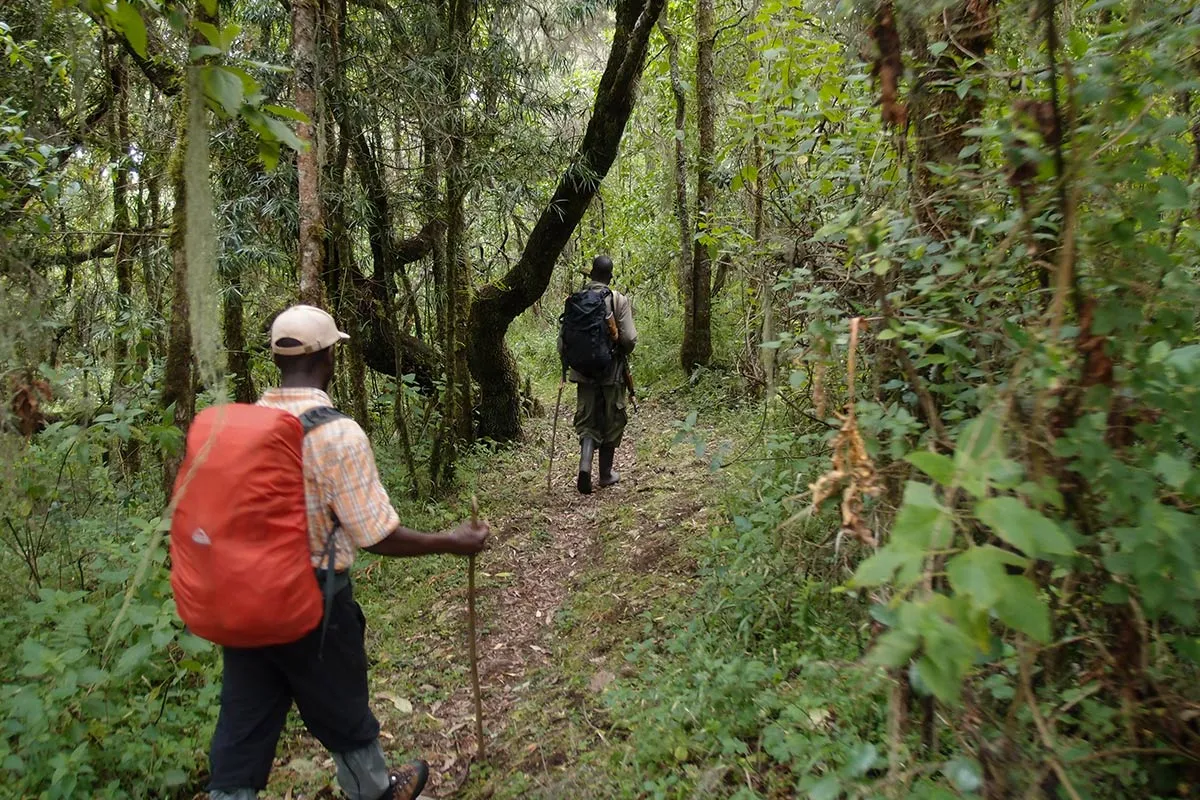
The benefit of gorilla habituation is that you will have much more time to observe the gorillas in their natural habitat. You will be able to observe their behavior over a longer period of time and witness interactions between the gorillas that you might not be able to see during a shorter gorilla trek.
However, unlike gorilla trekking, gorillas tend not to be more relaxed about having humans in their environment. There is a likelihood that you will spend most of the time following the gorillas instead of just standing in one place to observe them.
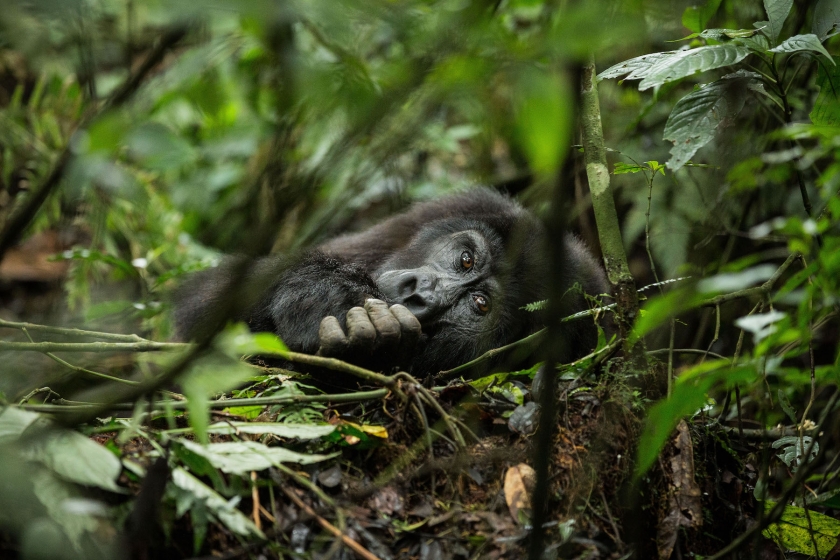
It is also important to note that gorilla habituation is not for everyone. It requires a much greater time commitment and can be physically demanding, as you will spend long hours hiking through the forest. Additionally, it is important to note that gorilla habituation is more expensive than gorilla trekking.
A gorilla habituation permit goes for $1500 while a gorilla trekking permit costs $700 for foreign none residents.
Choosing Between Gorilla Trekking And Gorilla Habituation
When deciding between gorilla trekking and habituation, there are several factors to consider. If you are short on time or have physical limitations, gorilla trekking may be the better option for you. It is a shorter and less physically demanding activity, and it can still provide an incredible experience of observing gorillas in the wild. Additionally, if budget is a concern, gorilla trekking is generally more affordable than habituation.
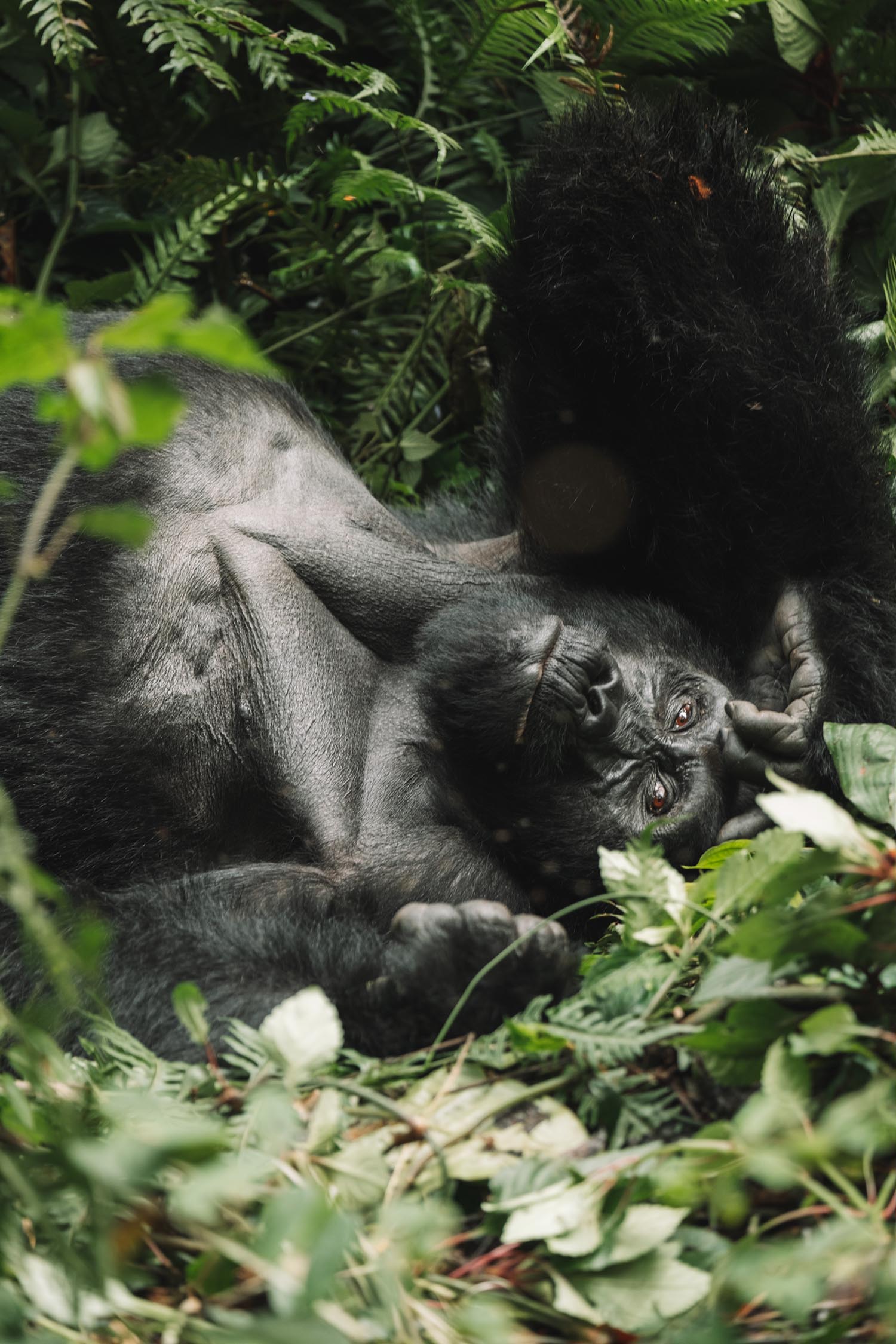
If you have more time to spare and are looking for a more immersive wildlife experience, gorilla habituation may be the way to go. You will have the opportunity to witness the gorillas in a more natural state and observe their behavior over a longer period of time.
Additionally, if you are interested in conservation efforts, participating in gorilla habituation can provide you with a deeper understanding of the challenges facing gorilla populations and the work being done to protect them.
Regardless of which activity you choose, it is important to remember to respect the gorillas and their habitat. Gorillas are endangered and their populations are threatened by habitat loss, poaching, and disease. By participating in gorilla tourism, you are supporting conservation efforts and helping to protect these amazing creatures for future generations.
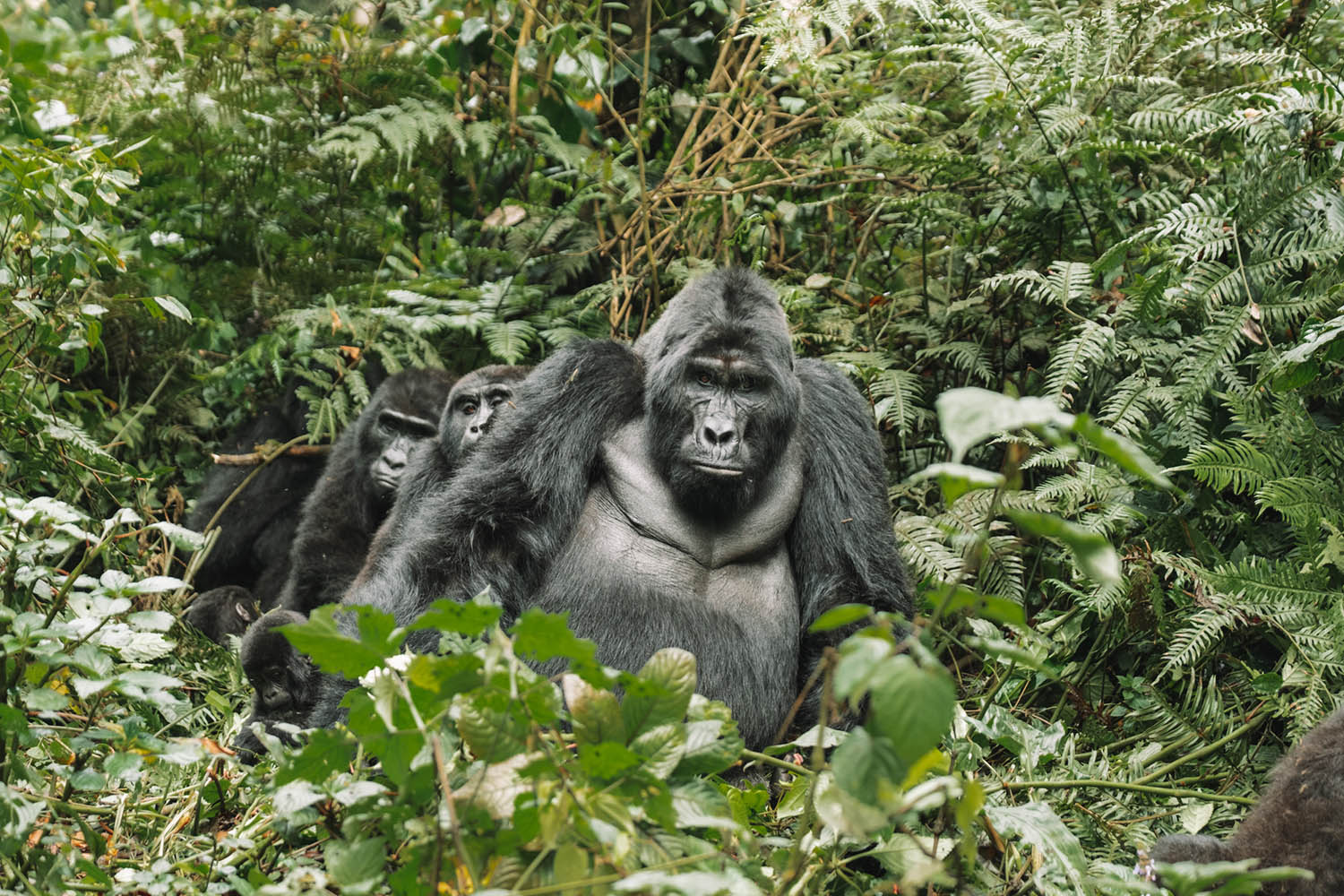
In addition, it is important to follow the guidelines and regulations set forth by the park authorities and your guides. These guidelines are in place to protect the gorillas and ensure the safety of visitors. For example, visitors are required to keep a minimum distance from the gorillas, avoid direct eye contact, and cover their mouth and nose when coughing or sneezing to prevent the spread of disease.
In conclusion, gorilla trekking and habituation offer unique and unforgettable experiences for those who are passionate about wildlife and conservation. Whether you choose to participate in gorilla trekking or habituation, you will have the opportunity to observe these incredible creatures in their natural habitat and contribute to their protection and conservation.

